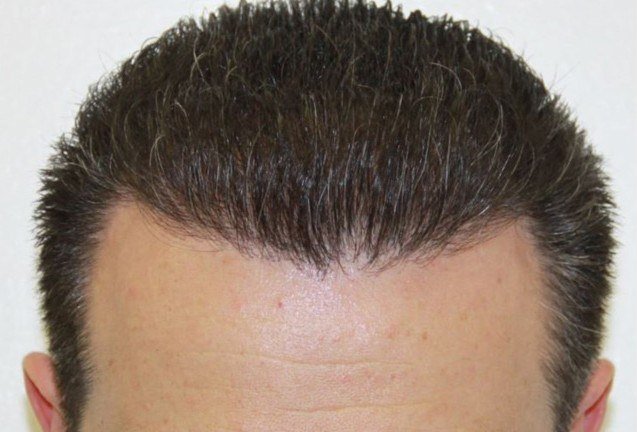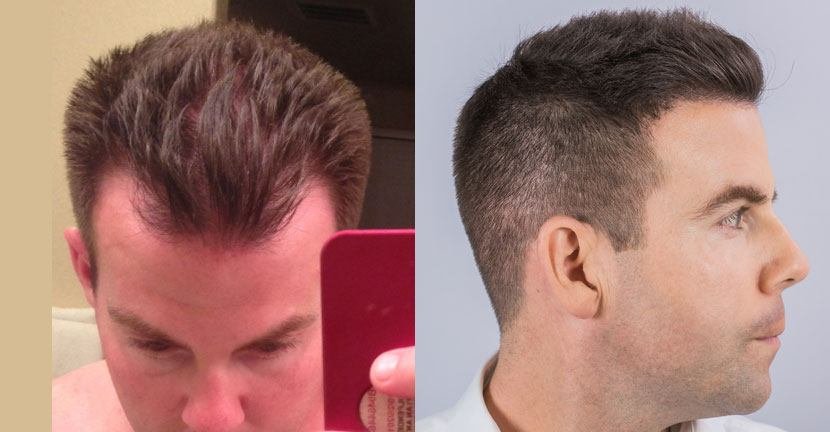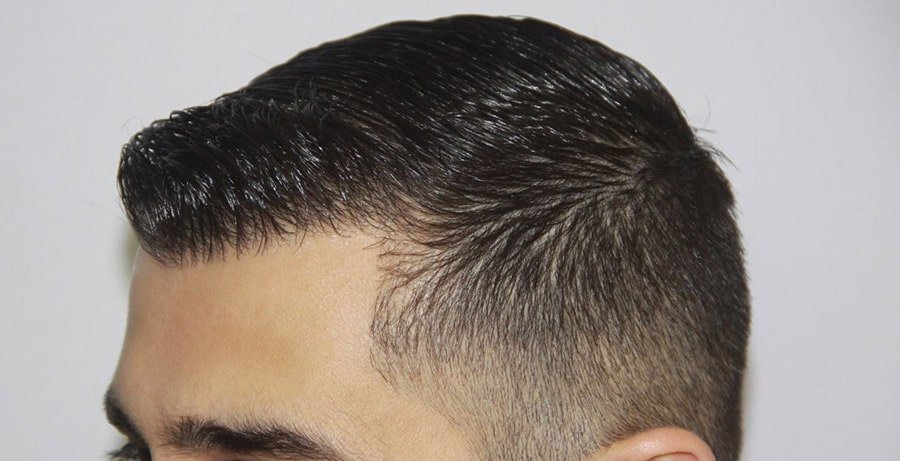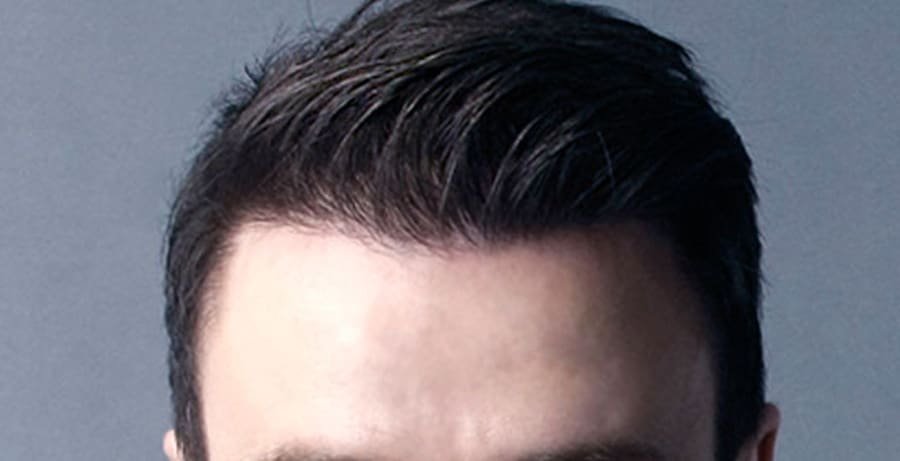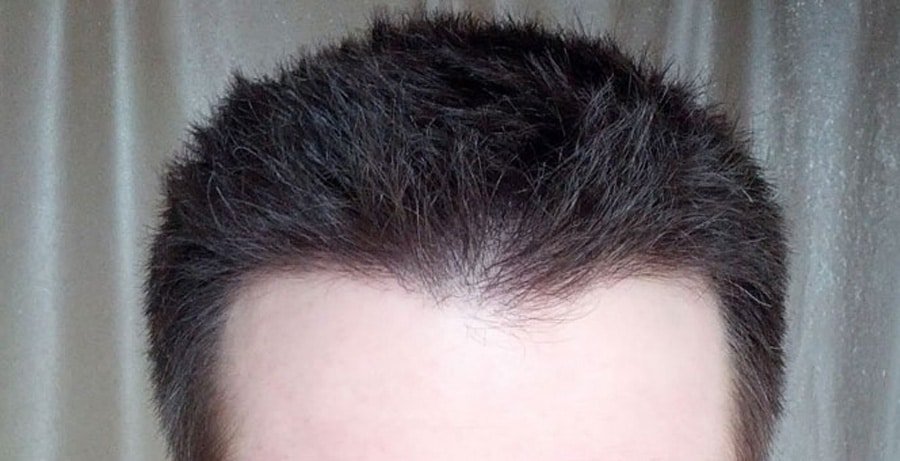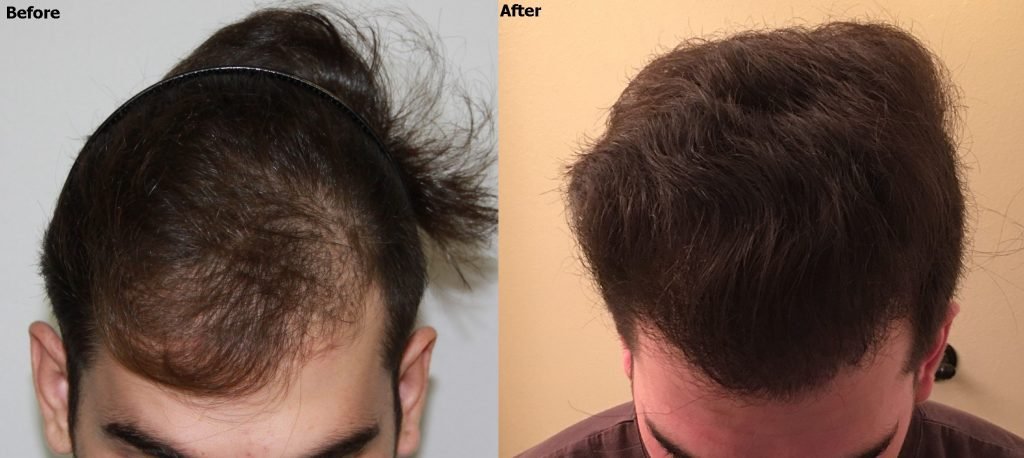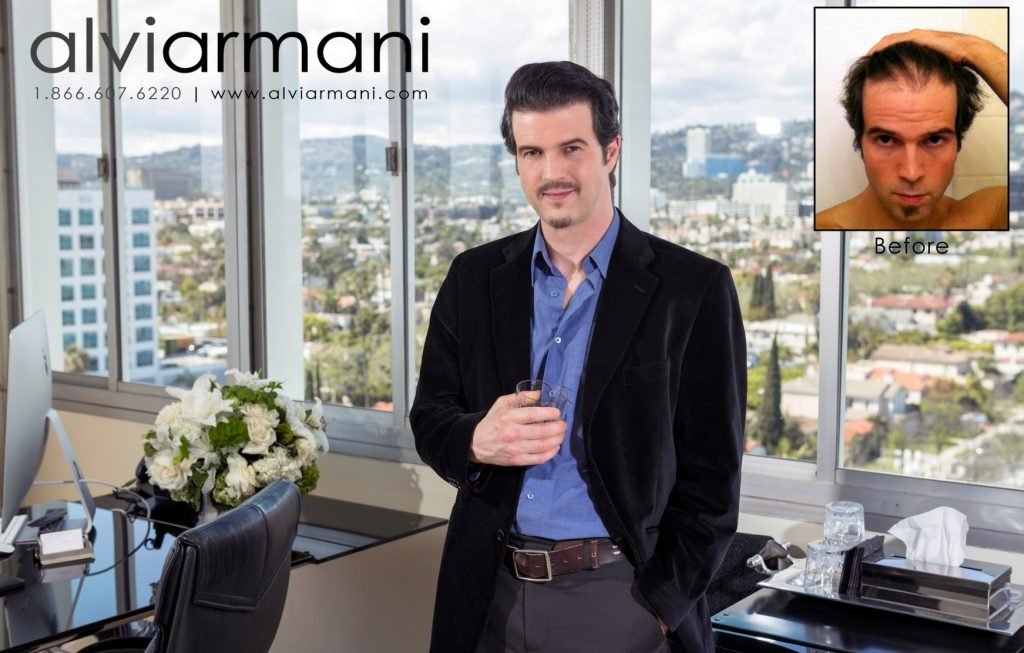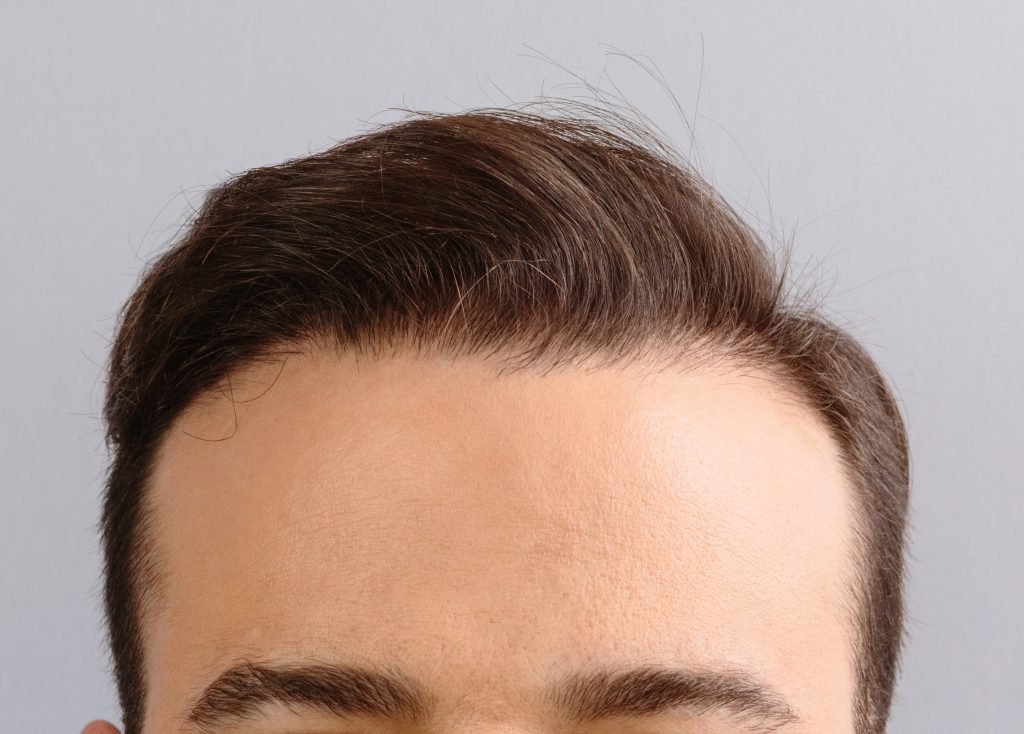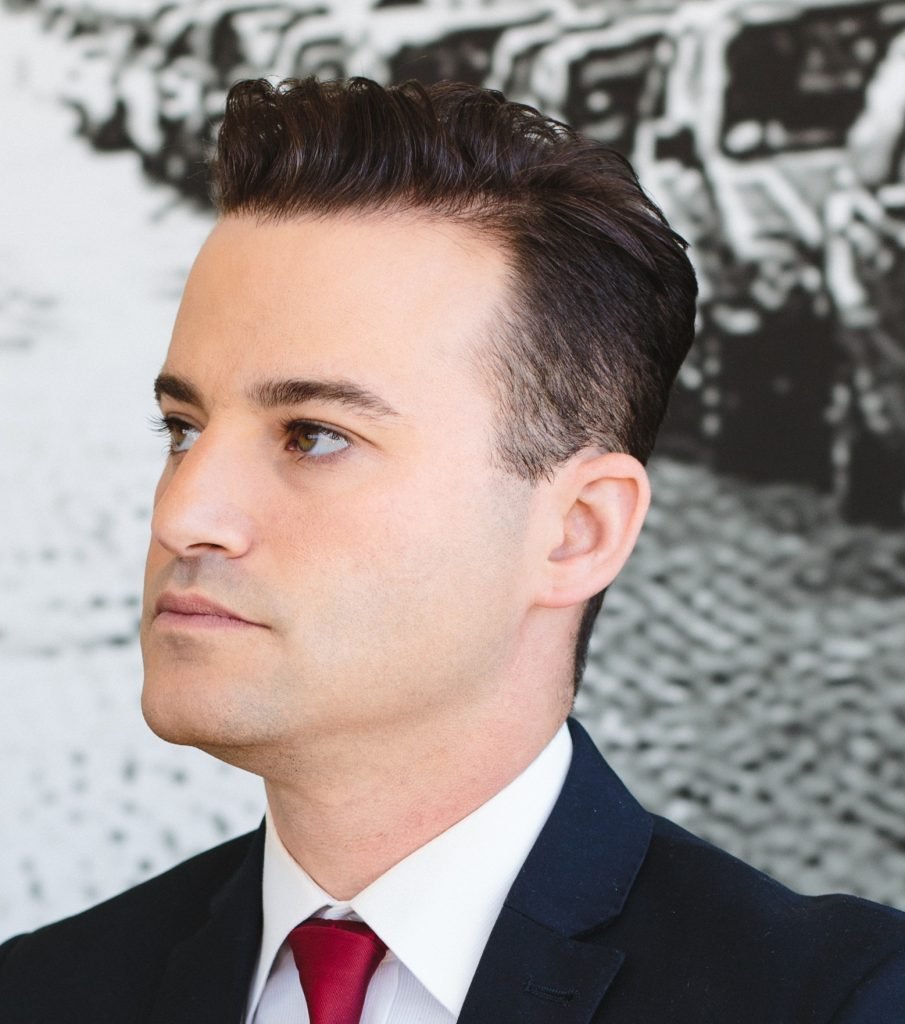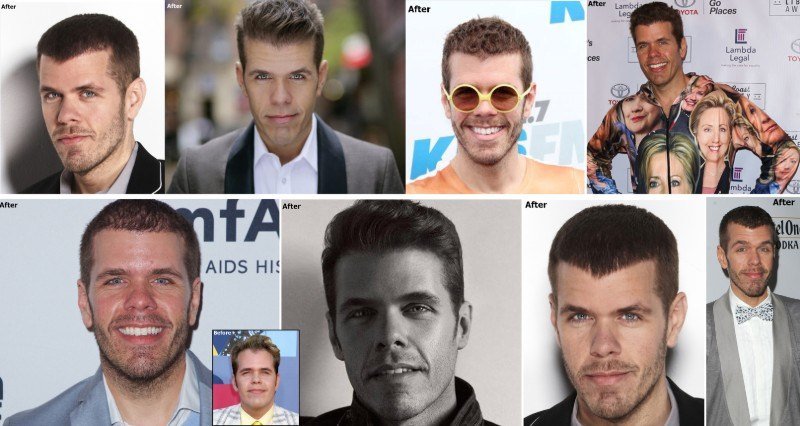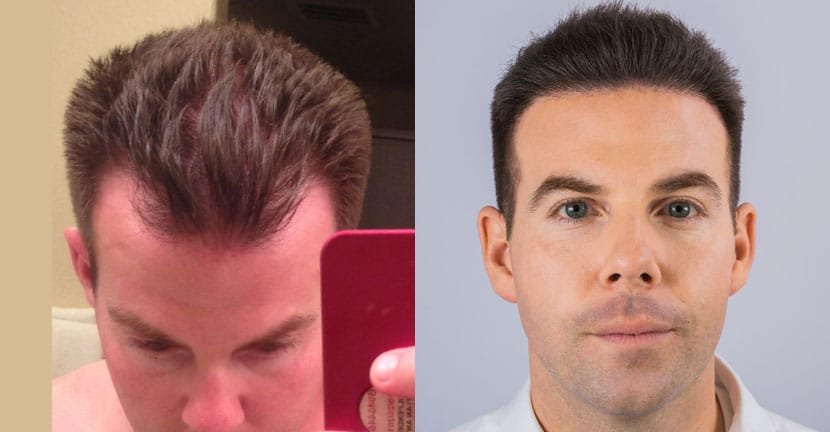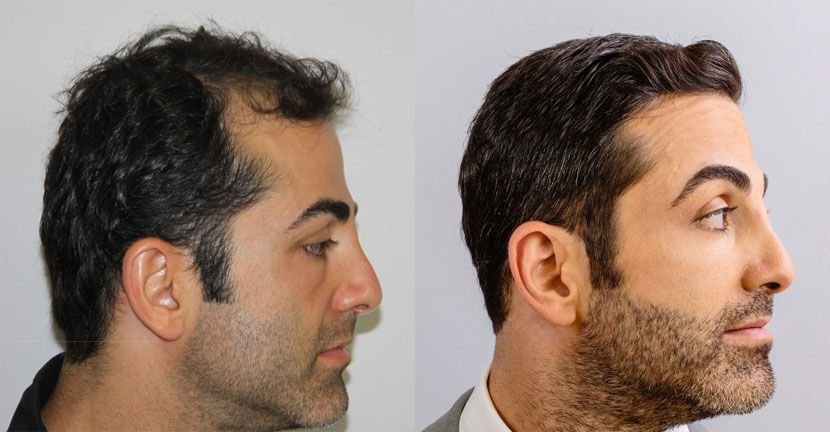home > find a doctor > alviarmani hair restoration beverly hills
AlviArmani Hair Restoration
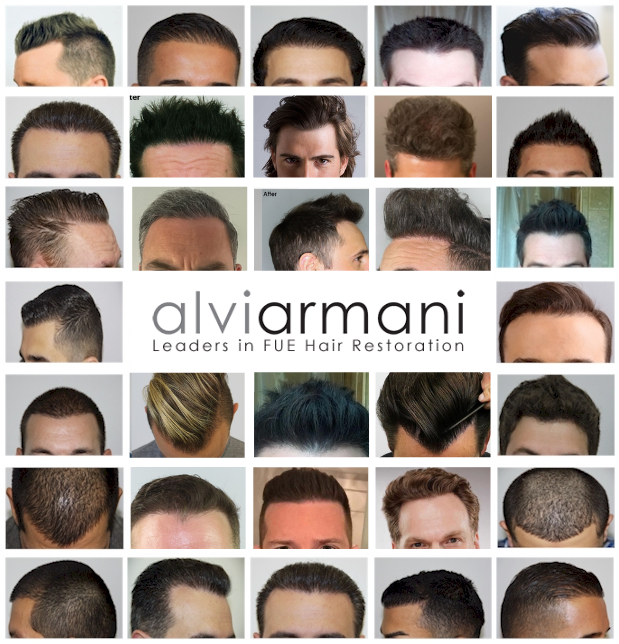
AlviArmani hair clinic thrives on consistent results complying with the company's philosophy towards upholding high standards of excellence.
-
FUE
Follicular Unit Extraction
-
NO SHAVE
No shave FUE hair transplant
-
DENSE PACKING
for the most artistically desirable results
-
PRP
Platelet Rich Plasma hair therapy
-
Exosomes
Advanced cell therapy
-
REPAIR
Hair transplant repair
AlviArmani, leading beyond FUE...

AlviArmani hair clinic is the recipient of HairSite's Golden Achievement Award, the first ever honor of its kind ever awarded by HairSite in 20+ years.
The name AlviArmani epitomizes the perfect synergy between artistry and medical marvel. Every hair restoration result at AlviArmani rivals what God has given us and is the envy of the most discerning runway models near and far.
For over 20 decades, AlviArmani has witnessed the evolution and transformation of the hair transplant industry from what used to be a traumatic surgical experience for the patients to minimally invasive microsurgical procedures and more recently the emergence of the much anticipated cell based hair therapy.
Throughout this time, the team at AlviArmani unequivocally reinvented themselves and pushed AlviArmani to the forefront in cutting edge hair restoration technologies providing world class hair restoration services for its patients both in terms of quality and consistency.
AlviArmani is the proud recipient of HairSite's Golden Achievement Award in recognition of the clinic's unparalleled accomplishments in the hair transplant industry both in the US and around the world. This is the first ever award of its kind ever given out by HairSite and no clinic is more deserving of this honor than the team at the AlviArmani.
While the hair restoration industry has changed a lot over the years, one thing that remains constant is AlviArmani's unyielding commitment to train and nuture future generations of AlviArmani surgeons and medical specialists with the collective mission of introducing cutting edge hair restoration technologies to the world and setting the highest standards of care, quality and artistic excellence.
At AlviArmanni, every patient's expectations will be surpassed with the highest standards of excellence, compassion, and artistry.
AlviArmani Hair Transplant Doctors
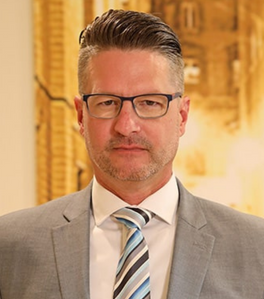
Michael L. Hughes, MD, FACS - Beverly Hills
Dr. Hughes, born proudly into an Air Force family, is a Fellow of the American College of Surgeons, a Member of the International Society of Hair Restoration Surgeons (ISHRS), Member of the International Alliance of Hair Restoration Surgeons (IAHRS), and is recommended by The American Hair Loss Association and has practiced medicine and surgery for over 20 years. He served our country honorably as a trauma surgeon twice after the tragic events of September 11, 2001.
Dr. Hughes is board certified in General Surgery and is licensed in multiple states including California and Utah. He graduated from the University of Texas at Austin ( LONGHORNS ) with a degree in Biology and then obtained his medical doctorate from the University of Texas Medical Branch on a scholarship from the United States Air Force. Following his passion for surgery, Dr. Hughes performed a Surgical Residency and Thoracic Surgery Fellowship at Keesler AFB Medical Center in Mississippi.
Dr. Hughes developed an interest in minimally invasive microsurgical procedures early in his career and began practicing hair restoration surgery on the east coast. It was Dr. Hughes' passion in the field of hair restoration and devotion to patient care that led him to AlviArmani Beverly Hills having been hand picked by Dr. Baubac Hayatdavoudi, CEO and Medical Director of AlviArmani International at the time.
Under Dr. Baubac’s personal mentorship and driven by the desire for perfection, Dr. Hughes rose through the ranks to become a highly respected FUE hair transplant surgeons in the business. Today, Dr. Hughes routinely harvests 3,500 grafts FUE with consistency and results that are exemplary of the AlviArmani brand in every respect.
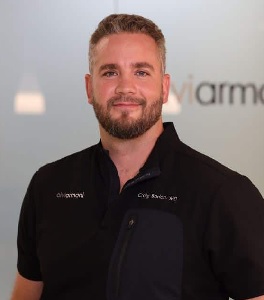
Dr. Craig Barton - Utah, Salt Lake City
As a hair loss sufferer and AlviArmani hair restoration patient himself, Dr. Barton understands what patients are going through when it comes to hair loss.
Dr. Barton's transformative and life empowering personal journey with hair restoration reinvigorates his professional career to follow a path that can have a lasting and meaningful impact on others who are suffereing from hair loss. Dr. Barton was hand selected by Dr. Baubac Hayatdavoudi and excelled under AlviArmani’s intensive fellowship in the pursuit of excellence in FUE Hair transplantation, hairline design, temple angle closure, and mega session hair transplantation. As the medical director of AlviArmani Salt Lake City, Dr. Barton finds great satisfaction in navigating the intricacies between art and science in every hair transplant procedure.
Born in Salt Lake City, Utah, Dr. Craig Barton has enjoyed numerous artistic passions, graduating with a Bachelor of Arts in Chinese from the University of Utah. Prior to medical school, Dr. Barton worked in construction and landscape design which cultivated a creative interest in woodworking and architectural aesthetics.
Dr. Barton later obtained his medical doctorate from the University of Utah. He later on completed residency at the University of South Alabama and fellowship at Bayfront Health St. Petersburg and Johns Hopkins All Children’s Hospital.
Before AlviArmani, Dr. Barton was a Sports Medicine physician and board-certified in Primary Care Sports Medicine. Dr. Barton has provided care for multiple professional teams including the New York Yankees, Tampa Bay Rays and Tampa Vipers.
AlviArmani Awards, Accomplishments, Accolades


Among some of the many awards and accolades credited to the team at Alvi Armani Hair Clinic over the years are: Leading Physician of the World Awards by the International Association of HealthCare Professionals (IAHCP); Realself Top 100 Doctors; No 1 Hair Restoration Surgeon in Aesthetic Everything’s Top 10 list; Consumer Choice Business Excellence Award; and Spectrum Award for excellence in customer service with a 5 stars top ranked customer satisfaction rating.
In addition, for well over a decade AlviArmani was led under the leadership and vision of Dr. Baubac Hayatdavoudi, former medical director of the clinic who was also one of only 200 certified Diplomates of the American Board of Hair Restoration Surgery ABHRS. The ABHRS was an elite group of hair restoration surgeons who have completed the rigorous pathway to achieve this highly coveted designation of DIPLOMATE OF THE AMERICAN BOARD OF HAIR RESTORATION SURGERY. To become a Diplomate of the ABHRS a physician must demonstrate exceptional training, outstanding evidence of post-training surgical experience, aesthetic skill and a comprehensive clinical understanding of hair loss and its treatment modalities.
♥ To top it all off, AlviArmani is recipient of HairSite's Golden Achievement Award, the first of its kind honor ever awarded by HairSite in 20 years.
Celebrity Hair Restoration at AlviArmani
AlviArmani is a popular destination for celebrities, athletes, politicians and high profile executives who are looking for the absolute best in hair restoration.
The medical team at AlviArmani not only pride themselves in providing outstanding hair restoration results that rival what nature has given us, they also set the standards in 5 stars VIP concierge service for their patients throughout the entire experience. From arranging a first class flight, limousine service and accommodations at the most prestigious hotels, to taking care of reservations for the finest dining and much more. The team at Alvi Armani will make your procedure an experience you will not forget.
Below is a testimonial from Perez Hilton, Hollywood columnist and TV personality, the latest celebrity who has come forward with his exerperience and results from AlviArmani Hair Clinic in Beverly Hills.
Click image for Perez Hilton's hair transplant testimonial
Latest Reviews, Comments and Published Results from from Alvi Armani Hair Clinic - Beverly Hills & Utah
⇒ AlviArmani 3527 grafts FUE for patient in his 50s
⇒ AlviArmani 3345 grafts FUE, staying strong after 10 years later
⇒ AlviArmani 2500 grafts FUE, less is more approach to hair restoration
⇒ AlviArmani 1200 grafts FUE+PRP, hairline and temples restoration
⇒ AlviArmani 2000 grafts FUE hairline and temples restoration
⇒ AlviArmani 3100 grafts hairline and frontal restoration
⇒ AlviArmani 3500 grafts FUE for Norwood 4 patient
⇒ Celebrity hair restoration - Perez Hilton reveals his hair transplant at AlviArmani
Archived results for Alvi Armani Hair Transplant:
click AlviArmani archive #1
click AlviArmani archive #2
click AlviArmani archive #3
AlviArmani Hair Clinics
AlviArmani Beverly Hills, CA
8500 Wilshire Boulevard, Suite 1010
Beverly Hills, CA 90211
United States of America
Tel: 1 310.652.6444
AlviArmani, Beverly Hills is the world headquarters for our organization and home to our research and development laboratory. Dr. Michael Hughes is the location medical director and he applies his skill set and artistic pursuits in performing the complexities of hair transplantation to ensure that each patient's expectations will be surpassed with the highest standards of excellence, compassion, and artistry.
AlviArmani Salt Lake City, UT
32 Exchange Place
6th Floor
Salt Lake City, UT 84111
Tel (801) 833-0541
⇒ AlviArmani website AlviArmani.com










